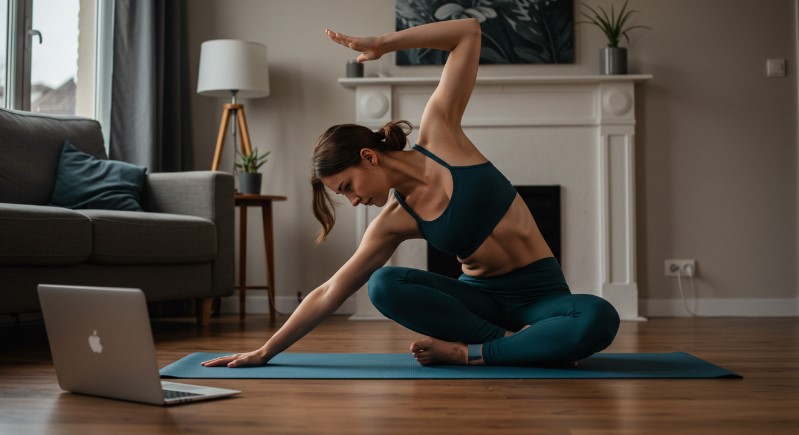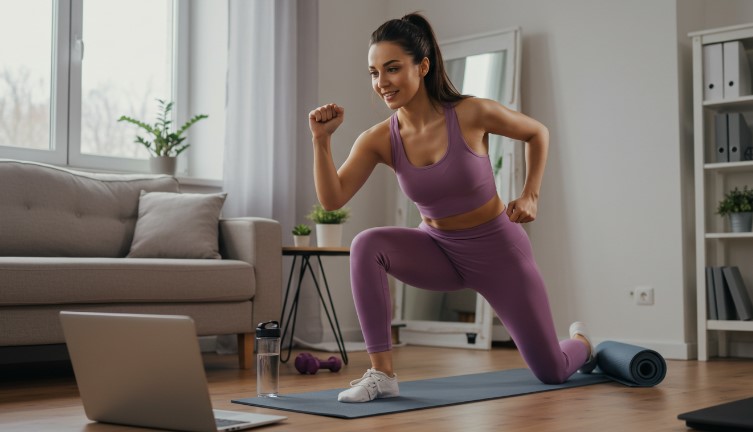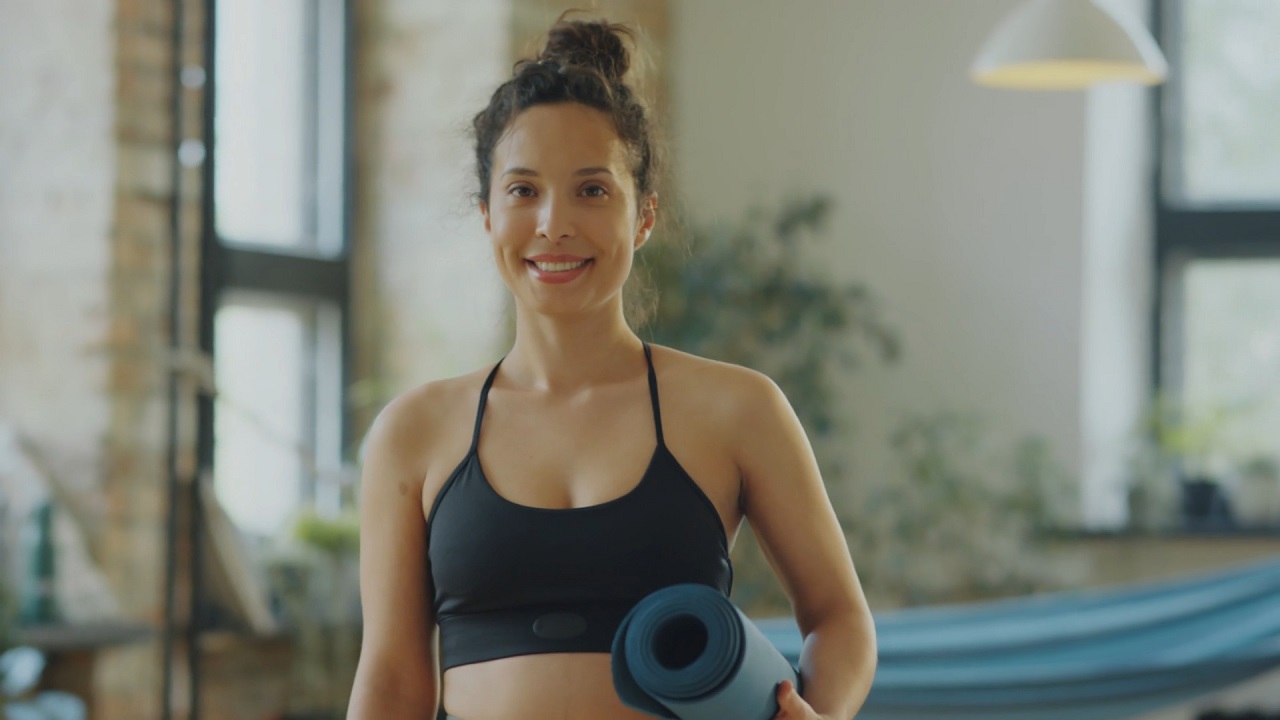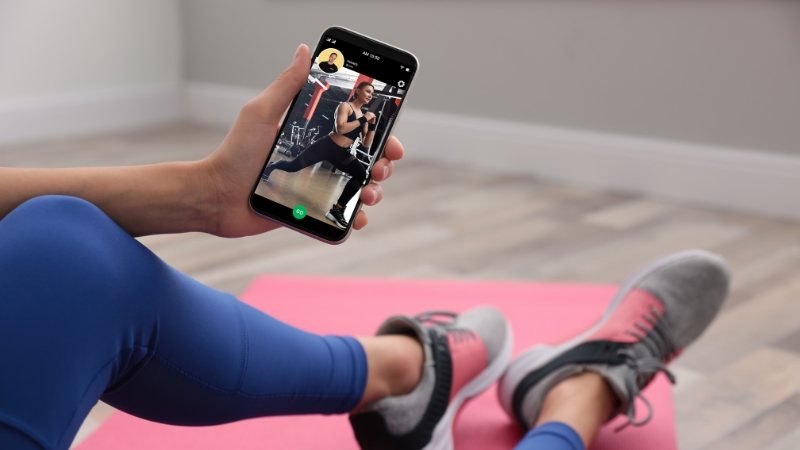
Share Post:
Online fitness tutorials have exploded in popularity thanks to fast internet, mobile apps, and the convenience of at-home workouts.
Many people now turn to digital platforms for training guidance.
That brings up an important question: can these tutorials truly replace personal trainers?
With the rise of AI-driven fitness systems and on-demand digital content, the conversation about effective fitness coaching is changing rapidly.
The Rise of Online Fitness Tutorials

Platforms like YouTube, fitness apps, and subscription-based streaming services have reshaped how people access exercise instruction.
They offer workouts led by trainers across nearly every style:
- HIIT
- Pilates
- Strength training
- Dance cardio
Their biggest selling points include affordability, ease of access, and the freedom to train at any time.
The global pandemic accelerated their adoption. With gyms closed or restricted, individuals flocked to digital solutions. Even post-COVID, the convenience of rolling out a yoga mat in the living room still resonates with many.
Now, it’s normal for people to build routines around online guidance, often using a mix of videos and smart devices to stay on track.
Yet, rapid growth doesn’t guarantee optimal results.
Strengths of Online Tutorials
Online tutorials create accessibility for people with busy routines and variable environments.
They fit into any schedule and location, offering training options during travel, at home, or in a public gym without appointment constraints.
Many platforms deliver a wide variety of content that caters to a range of interests and fitness levels.
Key categories include:
- High-intensity interval training (HIIT)
- Yoga and flexibility routines
- Strength training and bodyweight exercises
- Functional movement drills and cardio sequences
Cost efficiency is another significant factor. Some tutorials are free, while many others offer affordable subscription models, often less expensive than a single session with a personal trainer.
For those with a grasp of fitness principles and enough drive to stay consistent, these tools can provide real value.
A major drawback persists. Tutorials usually offer generalized instructions. They do not adapt in real time or guide progression based on personal performance.
For goal-driven or transformative fitness, that lack of specificity limits effectiveness.
The Hybrid Approach: Online + Human Support
@bria.nicolefit I offer in person, online, & a combination of both when it comes to training. I’ve resesrched how to train a woman’s body for years and even done the work myself. Join the squad & let me help you! Bnickfit.com #personaltrainer #onlinetrainer #atltrainer #atlantatrainer #fitnesstips #fitness ♬ original sound – Bria Nicole
Blending digital tools with human coaching has become a practical approach for many. AI-enabled fitness apps now include features designed to enhance engagement and safety.
Popular advancements include:
- Automated rep counting and tempo monitoring
- Form feedback based on motion-sensing cameras
- Wearables that track recovery time, heart rate zones, and calorie burn
- Progress dashboards that summarize weekly or monthly performance
Some platforms offer options like live feedback or analysis of submitted training videos. In those cases, AI serves as an assistant rather than a replacement.
A personal trainer may incorporate these features as part of a broader program, assigning app-based homework and reviewing data for targeted refinement.
These tools are evolving to enhance, not replace, human guidance.
AI can keep users on track, suggest changes, and interpret training history. But it does not possess human judgment, intuition, or the ability to respond spontaneously during workouts.
Similar to how online CACREP counseling programs offer flexibility paired with supervised experience, hybrid fitness models combine convenience with necessary oversight.
The Value of Personal Trainers

Personal trainers deliver tailored programs based on specific fitness goals, body mechanics, and health profiles.
Their ability to make real-time decisions sets them apart. Adjustments happen immediately to match fatigue, mood, or physical readiness.
Trainers also drive accountability. Motivation increases when working with someone invested in progress. Encouragement during challenging sets, structured check-ins, and emotional support all contribute to long-term consistency.
- Customized plans that evolve with performance
- Safe progression built around current abilities and health status
- Immediate correction of improper form to prevent injury
- Emotional support that helps maintain drive and discipline
Visual, tactile, and vocal cues offered by a trainer can't be recreated by a screen. Human observation detects nuances in:
- Movement
- Energy shifts
- Confidence levels
Apps may offer a framework, but they do not notice hesitation or exhaustion the way a person can.
Limitations of Online Tutorials

Pre-recorded workouts often follow a one-size-fits-all model. That method can exclude beginners, people recovering from injury, or those with movement restrictions.
Without real-time adjustment, improper execution becomes a genuine risk.
Lack of motivation is another issue. Many users struggle without someone watching or encouraging them.
Common challenges include:
- No adjustments in difficulty during sessions
- No response to visible frustration or hesitation
- No personal feedback when a user falls behind
Many individuals believe they’re moving correctly during exercises like deadlifts or overhead presses, but without correction, small errors compound.
AI can offer structured plans, but it does not provide emotional feedback. It cannot detect mental fatigue or deliver the kind of encouragement that turns a bad workout into a good one.
People needing hands-on attention and real-time corrections often find tutorials insufficient.
AI in Fitness: Hype or Future Reality?
AI-driven tools now excel in tracking and data analysis.
Systems generate workout splits based on personal history, identify common form faults using video input, and store progress metrics across multiple sessions.
Strengths include:
- Consistent measurement of workout metrics
- Suggestions based on prior data and performance
- Real-time tracking of recovery, heart rate, and session intensity
But coaching extends far beyond statistics. A trainer factors in poor sleep, mood shifts, or outside stressors. AI reacts to data, not emotion or subtle body language. That gap limits its effectiveness as a complete coaching substitute.
Short-term, AI will improve in providing semi-personalized training and feedback. It will streamline delivery and automate some aspects of coaching. Still, it cannot match human judgment or emotional sensitivity.
Long-term potential lies in partnership. When used alongside a skilled trainer, AI enhances structure, tracks development, and reduces guesswork.
But as a standalone coach, its limitations remain clear, especially in areas of empathy, creativity, and moment-to-moment decision-making.
Summary
Online fitness tutorials and AI-enhanced platforms offer impressive benefits in convenience, access, and affordability. But they fall short in personalization, motivation, and adaptability, areas where personal trainers excel.
A hybrid model that pairs digital tools with human coaching may deliver the best of both worlds.
Fitness still thrives on connection, empathy, and expertise. No algorithm yet replaces a coach’s ability to sense hesitation, read fatigue, or deliver that perfectly timed push that changes everything.
Related Posts:
- How Likely Is AI to Replace Personal Trainers?
- Can Exercise Replace Antidepressants? Benefits of Workouts
- Can a Workout Routine Really Help With Mental and…
- Can You Really Sculpt Your Face with Exercise?
- What Makes a Great Personal Trainer - Must-Have…
- 8 Tips To Start An Online Fitness Course People Will Buy














